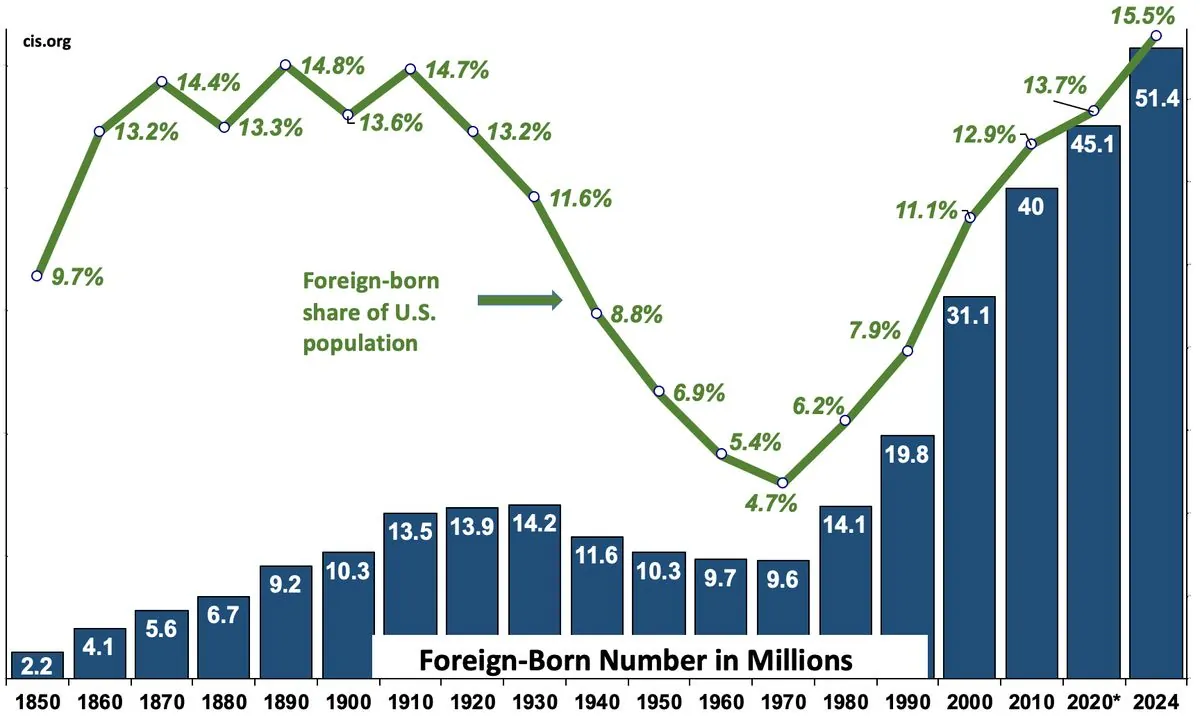Global Migration Debate: Economic Benefits vs. Public Opposition
The global migration debate faces challenges as economic benefits clash with public opposition. Future labor shortages and pension pressures in developed countries may reshape the discussion, prompting a search for practical solutions.

The global migration debate remains at an impasse, with economists highlighting the advantages of foreign workers while public sentiment in developed nations often leans towards opposition. This disconnect persists despite the potential for migration to address pressing issues such as slowing growth and aging populations in wealthy countries.
According to United Nations data, the number of individuals classified as migrants reached 281 million in 2020. However, this figure represents only a fraction of those aspiring to relocate. A 2021 Gallup poll revealed that nearly 900 million adults worldwide, or 16% of the global adult population, express a desire to permanently leave their home countries.
Despite these aspirations, the percentage of the world's population classified as immigrants has remained relatively stable, fluctuating between 2% and 3% since 1970. This stagnation occurs against a backdrop of hardening attitudes towards foreigners in many affluent nations.

The economic case for immigration is well-established. Michael Clemens, a professor at George Mason University, summarized the academic consensus in a 2011 paper, suggesting that migration policies could potentially boost global GDP by 20% to 60%. This economic benefit stems from two primary factors: increased wages for foreign workers and an expanded labor supply in host countries.
The World Bank estimates that a young unskilled worker moving to the United States could gain an average of $14,000 annually in income. Additionally, international remittances have grown significantly, reaching $831 billion in 2022, up from $128 billion in 2000.
Contrary to some claims, studies have shown that immigrants often contribute more to state coffers than they receive in benefits. A study by researchers at University College London found that between 2001 and 2011, foreigners in the UK contributed 25 billion pounds more to the state than they took out.
However, two looming crises may shift the migration debate. First, developed countries face significant labor shortages. Projections indicate that these nations could lose 78 million workers by 2050 due to low birth rates and aging populations. Second, pension systems in wealthy countries are under increasing pressure as the ratio of workers to retirees declines.
One potential compromise involves temporary worker programs, similar to Japan's 2019 law granting five-year visas to "skilled workers" in specific sectors. While this approach presents challenges, it may help address immediate labor needs while allaying some public concerns.
As developed nations grapple with these issues, the theoretical economic benefits of foreign workers are becoming increasingly relevant. The coming years may necessitate a practical implementation of these advantages to address pressing demographic and economic challenges.
"Assuming zero net migration, 31 rich countries would need an additional 356 million workers, or 44% of the workforce, by 2050 just to keep the ratio of workers to retirees stable and prevent their pension systems from breaking down."
The migration debate continues to evolve, with recent events shaping public opinion. In Germany, the far-right AfD party secured almost 16% of the vote in the June European Parliament elections, while in the United States, a June Gallup poll indicated that 55% of the population favors curbing immigration.
As nations navigate these complex issues, finding a balance between economic necessities and public sentiment remains a critical challenge. The future of global migration policy will likely be shaped by the interplay of demographic trends, economic realities, and evolving social attitudes.


































